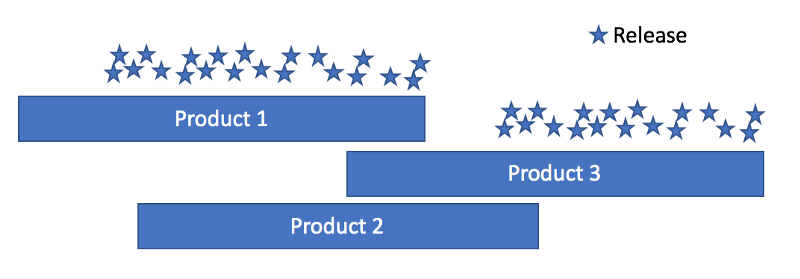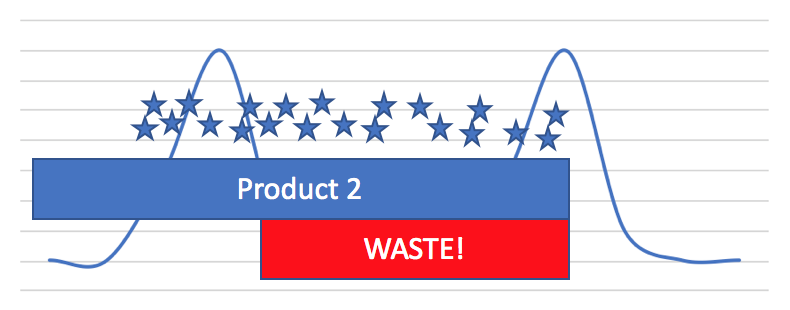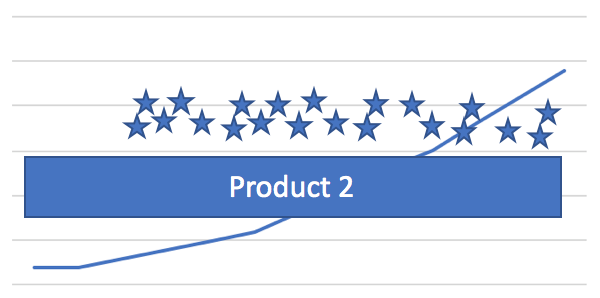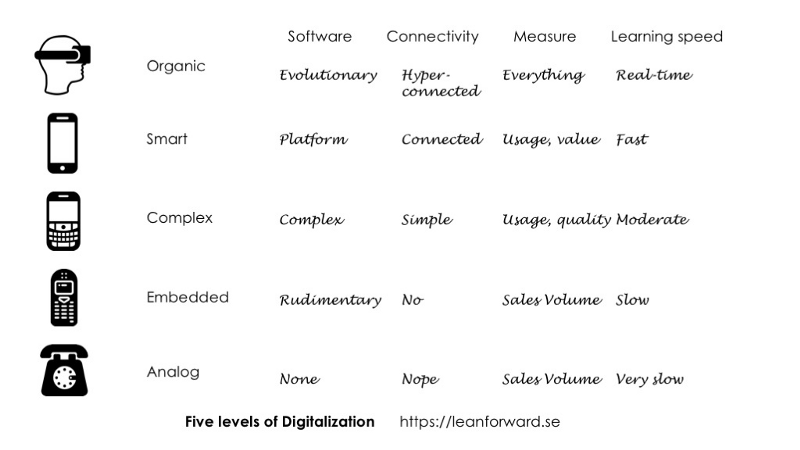14 Oct Follow the Money in your [Agile/Innovation/Digital] Transformation

The Amazon river is the largest in the world. The river delta where it flows out in to the Atlantic ocean is truly massive.
But every single drop of water in that massive river started out flowing downhill up in the mountains, all by itself, after having fallen from the sky as rain. Gravity and erosion took care of the rest. The water drop didn’t choose to end up in the Amazon river, but it did anyway because it took the path of least resistance going down.
Every rock, plant and hole in the ground on the way led that water drop to increasingly larger streams of water that eventually ended up as the Amazon river.
Were it to choose another way, it would risk ending up sinking down in to the soil or being turned to steam by the sun and forced to go back up to the clouds and repeat the journey.
In business, the equivalent of gravity is money.
I’ve been involved in, and has followed many other transformation initiatives with the goal of changing an organisation to be more agile or innovative (or both). Very few succeed and I think the reason is, they’re trying to beat gravity. They end up like the lone water drop, sinking in to the earth or evaporating in to the air.
What kind of transformation?
There are four different transformation trends, that I actually think are more or less the same thing, but they are being driven from different angles and usually end up on different budgets.
The four are:
- Innovation projects such as startup accelerators, internal innovation initiatives, innovation labs, intrapreneurship programs and so forth. Change needed: the current business model(s) are fading, we need to find new ones.
- Agile transformation programs that usually starts in the IT/R&D department and then spreads to the rest of the organisation when everyone realises that doing big waterfall projects in huge silos is not the way to face the challenges of accelerating change. Change needed: the world is moving faster and we can not make decisions and respond to change fast enough unless the entire company is more agile.
- Digital transformation which usually involves upgraded infrastructure but also being more data-driven, working with faster feedback loops and changing the way you communicate with customers. Change needed: we need to figure this whole digital thing out because the entire world is moving in that direction.
- Sustainable / Purpose-driven organisation is when a company realises it actually has humans as customers and employees and that people generally don’t like to buy stuff from or work for companies that only care about profit for shareholders. (Plus, being purpose-driven is actually good business.) Change needed: people should like us and know what we stand for.
In our Lean Forward framework these are all different flavours of the same thing: a move to a bolder, smarter business that does things with heart. We see them as deeply intertwined. (They are also inevitable as the world moves faster and faster and gets eaten by software.)
That doesn’t help someone wanting to drive the transformation through an existing organisation. It’s one thing to draw a picture of the destination, but moving the ship to go in that direction is much harder — especially if you want to fight gravity pulling you in another direction.
Three ways to make more money
If money is gravity, then what’s the anatomy of money? There are essentially three ways to make more money for a business:
- Increase your customer base. Acquire more customers.
- Make your existing customer buy or pay more. Add value to your offering or increase the prices.
- Decrease your costs. Trim away waste.
That’s it. There are of course many variants on these three: expand in to new markets, change the business model, acquire another company and so forth, but they are all just different ways to achieve one of the three which we may call the golden paths. (The more mature your market is the more it tends to move to the third option, the most defensive of the three — the path of cost reduction.)
That means your transformation efforts must be aligned with one of those three golden paths and the connection must be as explicit as possible. This is one of the trickiest parts with a transformation, because the change is so big that the direct connection is sometimes hard to see.
A real life example
Here’s an example to make this a bit more clear. We worked with a company that makes consumer products. We were tasked with helping them transform to become a lean enterprise and to experiment and learn to build a better product. Essentially, to become a digital product company.
Their existing business model generated income that looked somewhat like this.

Every “blip” in the curve represents a new product coming out and money pouring in. The products have a very short shelf life but are very attractive when they are released. That means all the money flow in when a new product comes out on the market.
Now, understanding that money is gravity, it’s easy to imagine how this company works when developing products.

Getting the (physical) product out the door and in front of the customer is the top priority of the business. People work like crazy to finish the project (that is, build all the features) for a product, then they celebrate the release and they start working on the next project. The product is handed over to “maintenance and support”, i.e. the part of the organisation that handles customer service and bug reports. The goal of the project is build a product that convinces customers to pay for and buy.
What we wanted to do was something more like this.

Instead of projects the work unit should be products and they live and evolve as long as they are relevant for the customers. Releases are made continuously and in small sizes. We should even be able to make segmented releases to subsets of the market to to experiment with the usage of certain features. The goal is learning what creates the most value to our customers so that they stay.
Let me repeat that. Slowly, because it’s important.
The goal is learning…
…what creates the most value…
…to our customers…
…so that they stay.
Learning. Value. Customers. Learning. Value. Customers. If your day to day work is talking about those three, all the time, in every meeting, you’re on a good path. Let’s call this the Product Mindset.
This is nothing strange to anyone familiar with modern software development. This is how you build good products in 2017. Yet, it goes right against the current way the company makes money. Since all the money is made when the device is released, working to improve it afterwards is waste in the eyes of the business. Projects. Features. Release. That’s the words everyone are talking about. This is the Project Mindset.

This is what fighting gravity looks like. The company resists this change because money is flowing another way than the way of working assumes. What you want is a business model that is in line with the product way of working. That is, it looks more like this.

Making money during the entire lifespan of the product and being rewarded for continuously improving the product encourages learning and a lean mindset — a Product Mindset. Instead of selling units in volume the company would perhaps have to sell access to the product, more like a subscription.
This is the difference between selling DVDs or selling Netflix subscriptions or music CDs vs Spotify accounts. Netflix has to fight every day to keep their customers paying €10/month. That encourages constant learning and in the end makes for a much better product.
The transformation project we were part of was shut down and there might of course be many valid reasons for this but my conclusion is that we had an uphill struggle since we were trying to fight gravity, that is, the flow of money in the company. We would have had to change the business model of the company to be successful. A very tough sell.
As software is eating the world and companies become more digital, this type of transformation will happen in more places.

The picture above highlights five levels of digital products. The most digital products enable a much faster delivery and learning pace. Your organisation has to level up as well. The most common business models for products at the higher levels are different from the ones at the lower levels. This you have to understand and make an integrated part of your transformation journey. Good luck!
…and of course, if you want help through this journey – here’s how to reach us.


